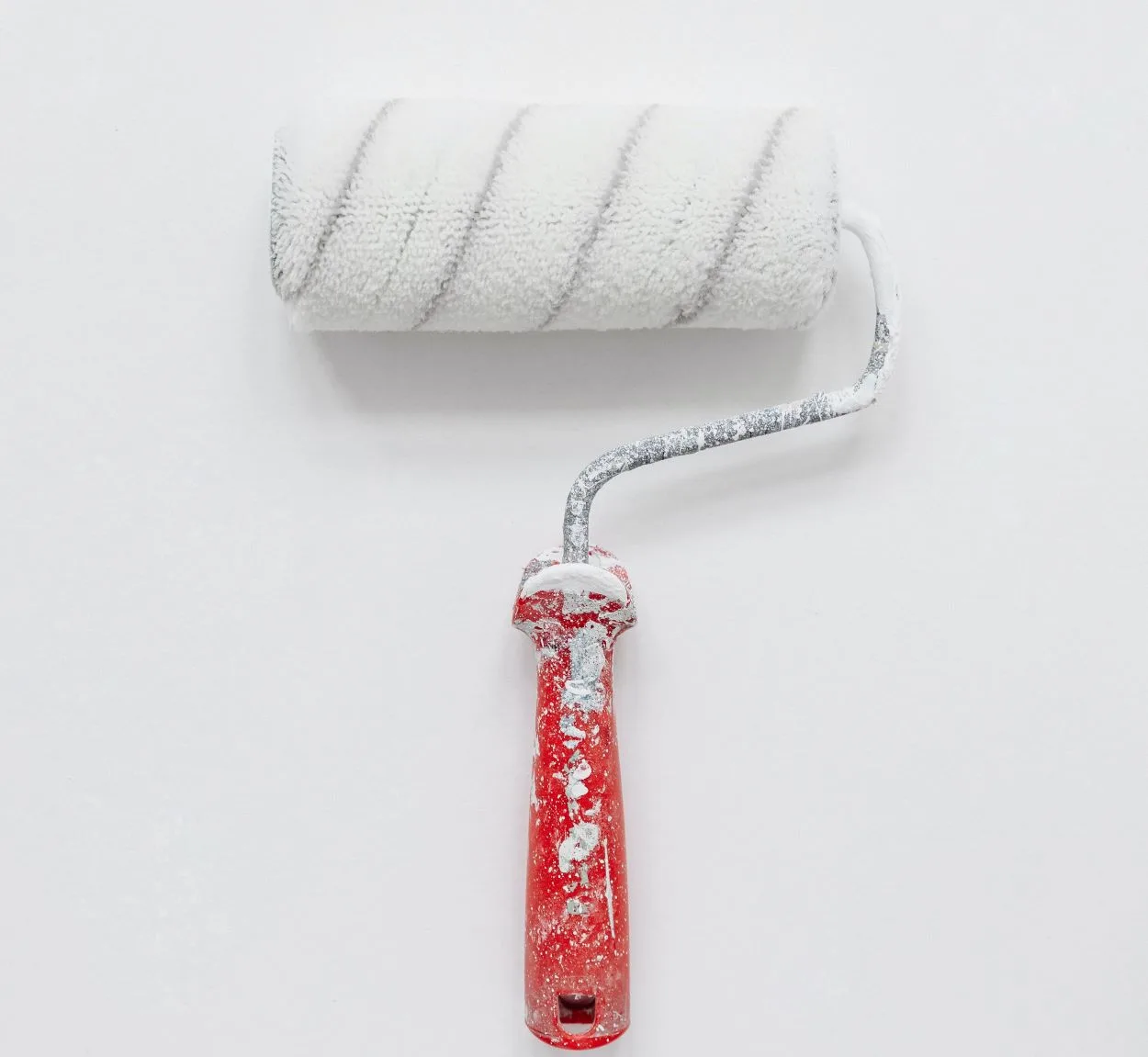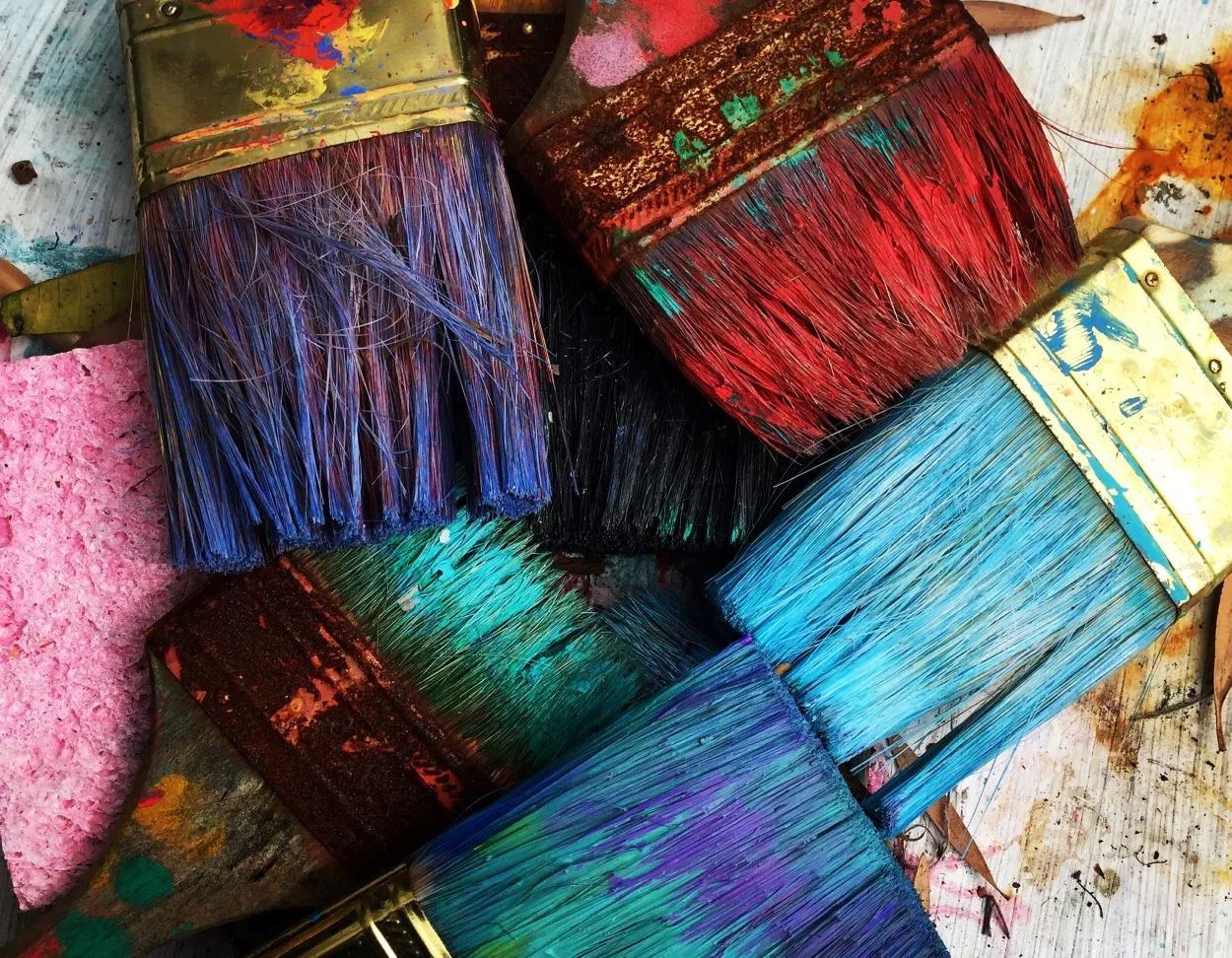Have you ever thought about how companies develop so many fantastic shades? So let me tell you. It’s not magic but a technique that effectively creates a wide range of shades because paint retailers can’t possibly store every color.
As a matter of fact, they create hundreds of different colors with the help of base paints. Liquid colorants and tints are added to these paint bases to develop a variety of shades.
Some people may get confused between a primer and a base paint. Generally, a primer is required before applying paint on a surface. It prepares the surface, and your paint can stick to it in a better way.
However, paint bases are not primers. Actually, a primer or a base coat acts as a binding agent between the surface and paint and is applied to fill the gaps, if any. On the other hand, base paints are used to create different shades.
In this article, a clear definition of “base paint” will open your mind—moreover, the contrasting points between the two bases, a light base and an accent base, will make you curious to learn more about different bases. You will also receive a brief review of four kinds of paint bases that are commercially available.
But before initiating, let’s thank these bases, as combining appropriate amounts of one or more colorants with a tintable paint base can generate a complete spectrum of colors. Paint bases range from transparent to dark, allowing the formation of a broad spectrum of paint colors for any painting project.
Base Paint: What is it?
Sometimes, we get confused between the terms “base paint” and “primer,” so let’s understand these two clearly. You must be aware that makeup has an item called “primer.”It holds the overall makeup firmly on your skin.
However, the base paint is entirely a different thing. It doesn’t replicate the function of a primer.
It isn’t utilized as a base coat. Instead, the primary purpose of it is to make colored paints. Adding base paint is desirable for enhancing the hues and giving the paint an incredible shine during the color formation.
You might be thinking that the base color has the term “paint” attached to it, but why we can’t consider it as the original paint? So the answer is base paint isn’t a complete paint in the classic sense, even though it bears the word “paint” in its name. It is because it’s a foundation that can have anything added, such as colorant, before its application on the wall.
When you open a container/can of base paint, it usually appears white. In contrast, a significant portion of base paint has an unmistakable appearance. The clear section can be mixed with the colorant’s ingredients, effectively incorporating the solids and resulting in the final shade. The natural tint begins to emerge by adding the transparent portion into the color, which causes the paint’s ultimate hue to alter.

Exploring Different Types of Paint Bases: A Comprehensive Guide
There are about four kinds of bases. The paint manufacturing companies often label the cans of bases as Base 1,2,3, and 4. Let’s take a quick review of all types.
- Base 1 contains a significant amount of white pigment. It is best for whitish or pastel colors.
- Base 2 performs better for slightly darker tones of colors; however, the hues still appear as lighter ones.
- Base 3 contains little white pigments, so the paints formed by mixing colorants into base 3 are mid-tone paints.
- Base 4 is best for dark paints since it contains the least quantity of the white pigment and allows for the most colorant incorporation.
What Does Light Base Stand For?
The paint base determines a paint’s resistance to dirt and stains and its scrubbing durability. The base paints provided by the manufacturers of paints have several categories, including white, light, pastel, deep, medium, etc. A light base is preferable for making paints with light hues. It’s different from the medium one, which creates darker shades.
Paint bases contain a significant amount of titanium oxide, except for the clear base. Its amount balances the degree of darkness or lightness of a color. The addition of titanium dioxide determines how effectively paint can hide the previous surface layer. The higher the amount, the more appropriately it conceals. The colors prepared by mixing the light bases provide opaque coverage.
We understand that colorants added to any base paint nicely achieve a specified color. It all depends on the painting project and which base is more suitable. Mildewcides, which suppress mold growth, and thickeners that prevent paint drips and spatters, are frequently included in base paints. More expensive colors contain the best-grade components.
What Is Accent Base Paint?
Accent-based paint aims at providing maximum color richness. It is a base paint prepared by PPG and guarantees double-coat coverage.
It exceptionally delivers deeper and darker tones. Other paints can’t match its enriched formulation.
It has an ultra-hiding quality. The accent base paint hardly carries any white pigments. Therefore, it allows vibrant colors to be mixed easily to achieve faster production results. The walls or any item painted with an accent base stands out clearly. In reality, accent walls seem more decorative than any other paint’s base.
Most accent base paints are dark shades of primary colors like blue, yellow, and red. These paints can enhance details on cornices, brackets, corbels, turnings, medallions, and raised or incised moldings or carvings, such as on doors, shutters, and window sashes.
Light Base vs. Accent Base: Let’s Talk About The Difference
The quantity of white pigment varies in both bases. The light base contains extra white pigments as compared to the accent base.
The light base is preferable to get light colors, whereas accent base paint is a good option if you want to achieve vibrant colors.
The light base contains white pigments, but the accent base usually has minimal pre-existing white pigment, allowing them to receive more colorant for better results.
If you want to create a feature wall, it is better to go for an accent base that can produce lovely bright colors perfect for decorative purposes.

Unique Formula For Preparing Homemade Paint With Children
Making homemade paint is a rewarding and soothing process, which teaches us that store-bought isn’t the only option! This simple procedure uses only salt, flour, and water.
Remember that this recipe for homemade paint is easy to create, non-toxic, and inexpensive. Making your own paint is a lot of fun. It gives immense pleasure to our souls.
This painting method is ideal for experimenting with the painting process.
Homemade Salt and Flour Paint Recipe Items
- Flour (1/2 cup)
- Salt (1/2 cup)
- Water (1 cup)
Recipe steps:
- Combine 1/2 cup flour and 1/2 cup salt in a mixing bowl. Add half a cup of water and blend until completely smooth.
- Divide it into three plastic zip lock bags and color each with a few drops of wet watercolor or food dye.
- Mix them together until the paint gets evenly distributed. Use ziplock bags when small-aged children are assisting in this recipe. To make it thinner, add some more water.
- After that, cut a corner off the baggie and squeeze the paint mixture into a bottle.
This homemade paint can be pretty thick and difficult to squeeze. However, the paint dries rapidly, which is a plus.
How To Make Different Color Tints
When designing your home, you may discover that vendors cannot provide an exact off-the-shelf color to match the room you want to paint. You have a particular color combination in your mind but cannot locate the precise shade.
You could save money while getting the ideal wall or ceiling finished by choosing a mixture of cheaper paints and coloring them yourself. So to do it, I will explain the whole procedure in five steps.

First Step
Color swatches are readily available at any local DIY or hardware store. If you want to copy an existing color, use the swatch color range to discover the closest shade. If it’s feasible, choose a darker hue than the one desirable because darker shades contain more pigment, so it’s easy to lighten them quickly.
Second Step
Use your samples to determine the shade your base color will require. You’ll need to color your base with white paint if you want a lighter color. Introducing a darker tint will result in a modest greying of the underlying hue. The paint’s shade and tone will change by adding three primary colors (red, blue, and yellow). Utilizing these actual colors can create a greener or orangish effect, but they’re more challenging to master.
Third Step
Get enough base color to cover the room’s walls or ceiling. Some colors may require two or three different tints, making the blending procedure more difficult.
Fourth Step
Remove the paint container lids and thoroughly mix the contents. Fill a small can with a base color and place it inside an empty can. Then, take a few drops of the tint and mix it thoroughly with the poured base color. Remove the paint stirring stick from the can and hold it to the light to check for the proper hue. Add more tint until the base color changes to the color you want.
Fifth Step
As soon as you start work, add small amounts of the tint color to the base color. After each introduction of tint color, mix the paints until you get the desired shade. Save any leftover paint for subsequent use to ensure a perfect match for any upcoming projects.
Bottom Line
- The paint manufacturers can’t possibly sell every shade of paint; it’s not magic but a technology that effectively creates new hues. However, the process of creating one involves the use of a base color.
- Paint bases can create a broad spectrum of colors. You can apply them to any painting project and achieve marvelous results. Various unique color combinations primarily emerge by adding colorants to base paint.
- A paint manufacturer knows how to make you happy and satisfied. You can even try making paints at home.
- Paint bases range from translucent to dark. They create various paint colors for any painting project.
- The above article focuses on two bases; one is a light base, and the other is an accent base. It clarifies the difference between both.
- The contrast is that a light base is better for light colors, while accent-based paint is suitable for bold colors.
- Another difference is that white pigments are used in the light base, whereas the accent base has typically minimal pre-existing white pigment. It allows more colorant addition for remarkable results.
- Next time you decide to paint any item, prefer an accurate base, whether light or dark, whatever is required.
Other Articles
- What is the Difference Between Irish Catholics and Roman Catholics? (Explained)
- What’s The Difference Between Drive-By-Wire And Drive By Cable? (For Car Engine)
- What Is the Difference Between Shamanism and Druidism? (Explained)
- What Is the Difference Between Sunset and Sunrise? (Difference Explained)
- Socratic Method Vs. Scientific Method (Which Is Better?)

